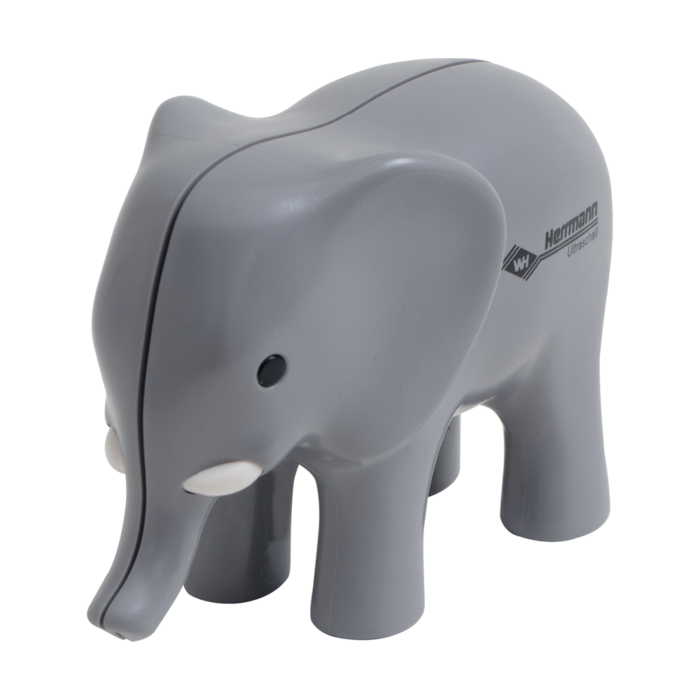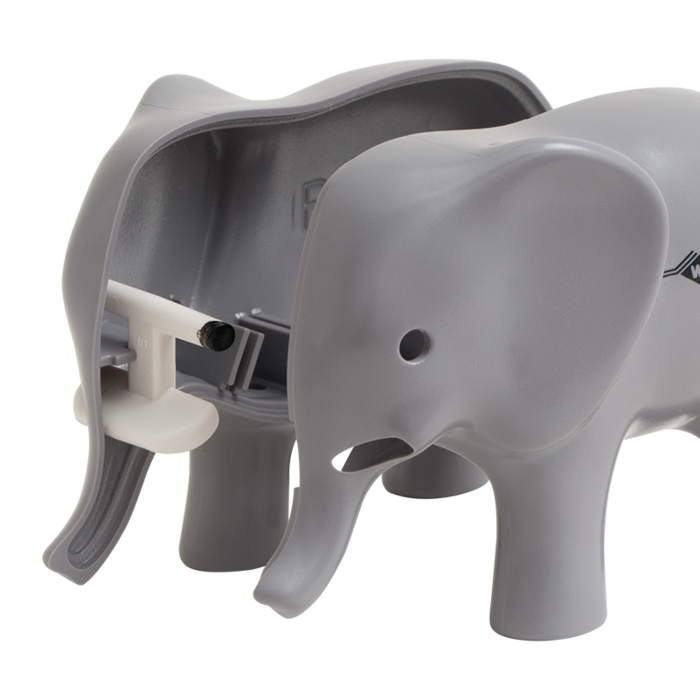Which plastics are suitable for welding?
Materials made of the same plastic and those made of different plastics can be joined using various methods. Welding, for instance, is a common joining process; especially when adhesive bonding does not guarantee a sufficient or long-lasting connection. Plastic welding is not a superficial bond; it is an intensive, material bond. However, this only works for so-called thermoplastic materials which can be shaped when heat is applied.
- Thermoplastic materials: Largely consist of linear molecular chains which slide against one another when heat is applied and make the plastic malleable and weldable.
- Elastomers: Consist of wide-meshed molecular chains which return to their original state as soon as the heat is reduced. Shaping via the weld process is therefore not possible.
- Thermoset resins: Consist of tight-meshed molecular chains. Heat disintegrates their structure, meaning that melting and welding is not possible.
Thermoplastic materials
Only identical thermoplastic materials can be welded homogeneously (uniformly). Apart from PTFE, all thermoplastic materials can be welded. However, there are material-specific differences between the plastics:
- ABS (acrylonitrile butadiene styrene)
Can be welded well and with ease. The welding temperature is between 270 and 310 °C. - PS (polystyrene)
Can also be welded well and with ease. The welding temperature is between 270 and 310 °C. - PP (polypropylene)
Close attention must be paid to the temperature and heating duration as PP burns very quickly. The welding temperature is between 230 and 280 °C. - PE (polyethylene)
Can be welded well and with ease, but cannot be bonded using conventional adhesives. The welding temperature is between 220 and 280 °C. - PVC (polyvinyl chloride)
Close attention must be paid to the temperature and heating duration as PVC burns very quickly and forms hydrochloric acid. The welding temperature is between 250 and 280 °C. - PMMA (polymethyl methacrylate)
Is known as acrylic glass in common parlance. Can be welded well and with ease. The welding temperature is between 120 and 180 °C. - PC (polycarbonate)
Can also be welded well and with ease. The welding temperature is between 270 and 310 °C.
Decisive material properties
The properties of the materials play an important role when it comes to a precise and effective weld process:
-
Elasticity module (e-modul)
Describes the tension and expansion of a plastic when force is applied. The greater the e-module, the better the sound conduction of the material.
-
Damping
Describes the extent to which a plastic absorbs and transforms the mechanical vibrations. The greater the damping, the more intensive the heat development, as more vibration energy is converted into heat.
-
Melting point
The point at which the material changes from solid to liquid. It determines how much heat is required for the weld process.
-
Viscosity of the melt
How quickly the melted part of the plastic can flow. A tougher melt is more inclined to remain in the joining area and the process is more even.
Influencing factors
Various external factors can have an influence on the weldability of plastics:
Negative influences
- Additives such as fire protection: Additives protect plastics from degradation caused by external influences. However, this also means that additives make it harder to process the plastic using ultrasonics.
- Moisture (especially for polyamides): If the plastic has a high moisture level, this can evaporate during welding. This leads to gas bubbles in the joining area and then to porous weld joints.
Positive influences
- Glass fibers: Increase the stiffness, toughness and strength of the plastic, thus improving the sound conductivity, especially in semi-crystalline plastics.
- Glass beads: Increase the pressure resistance of the plastic, thus improving the sound conductivity, especially in semi-crystalline plastics.





